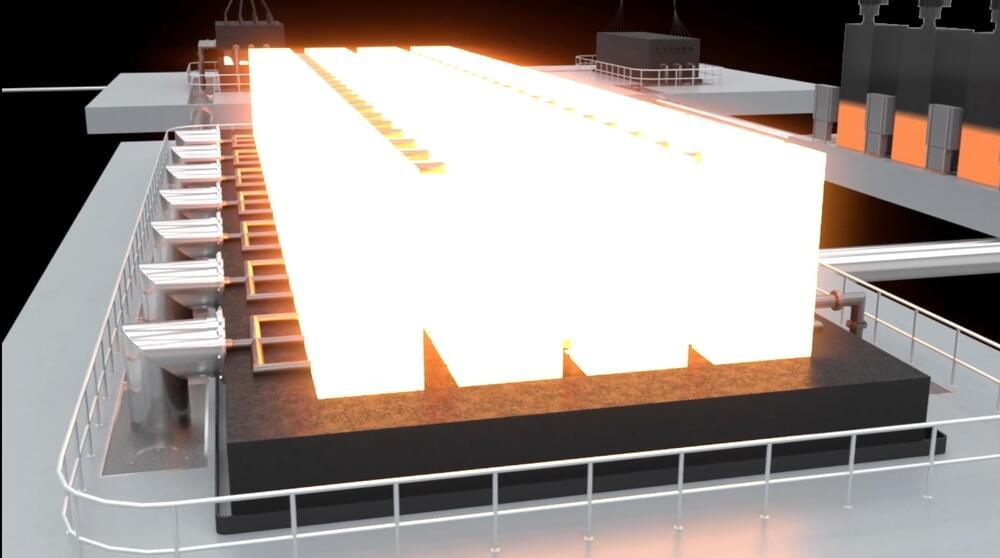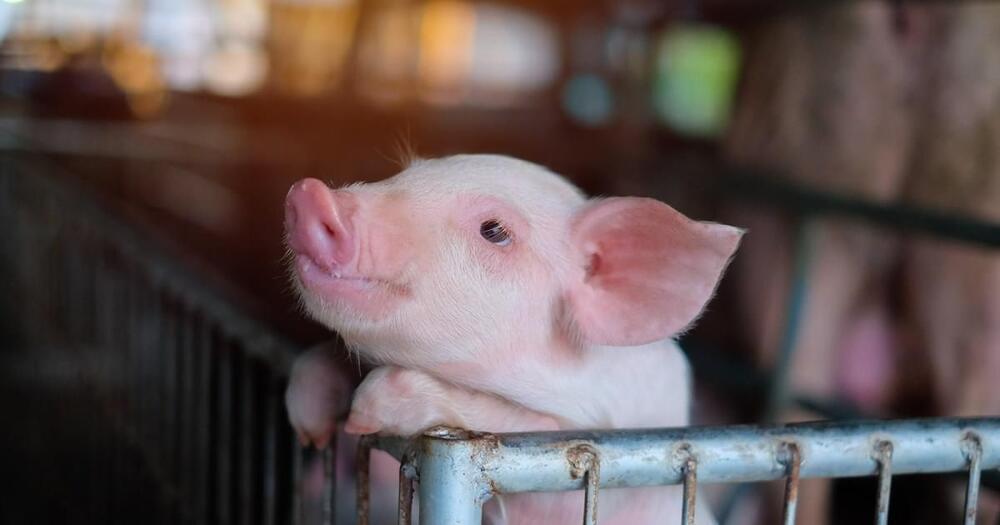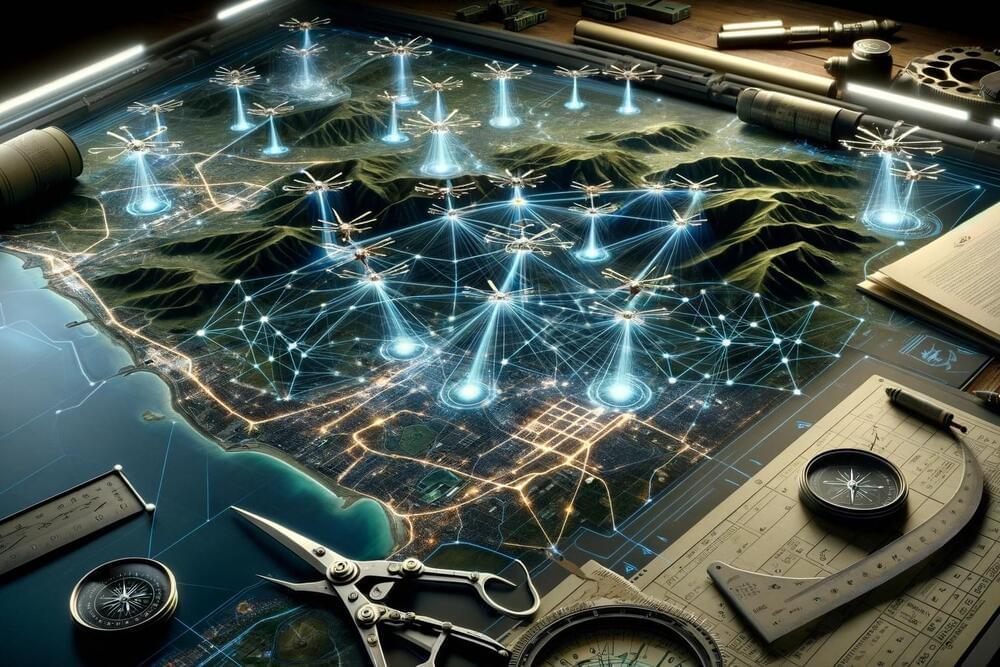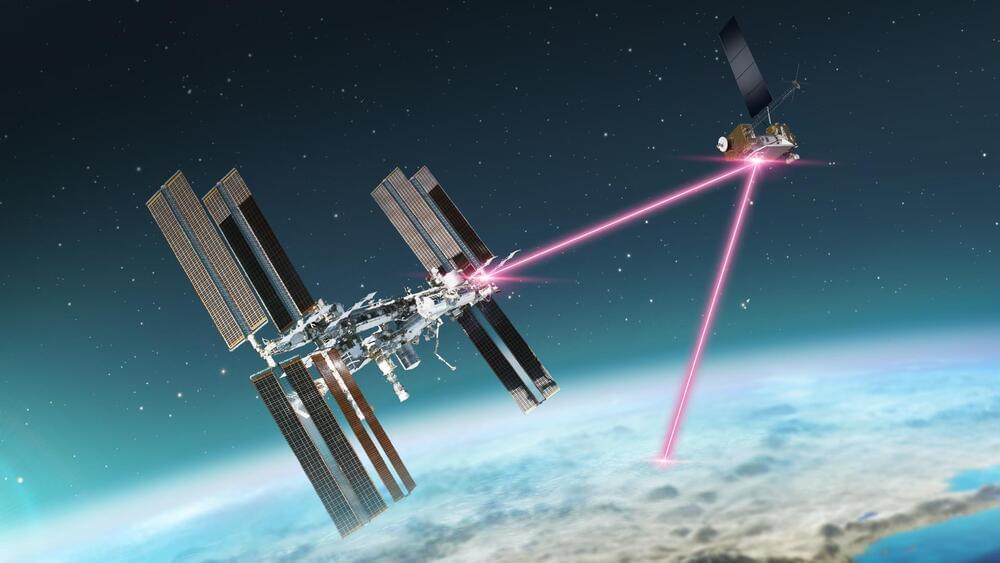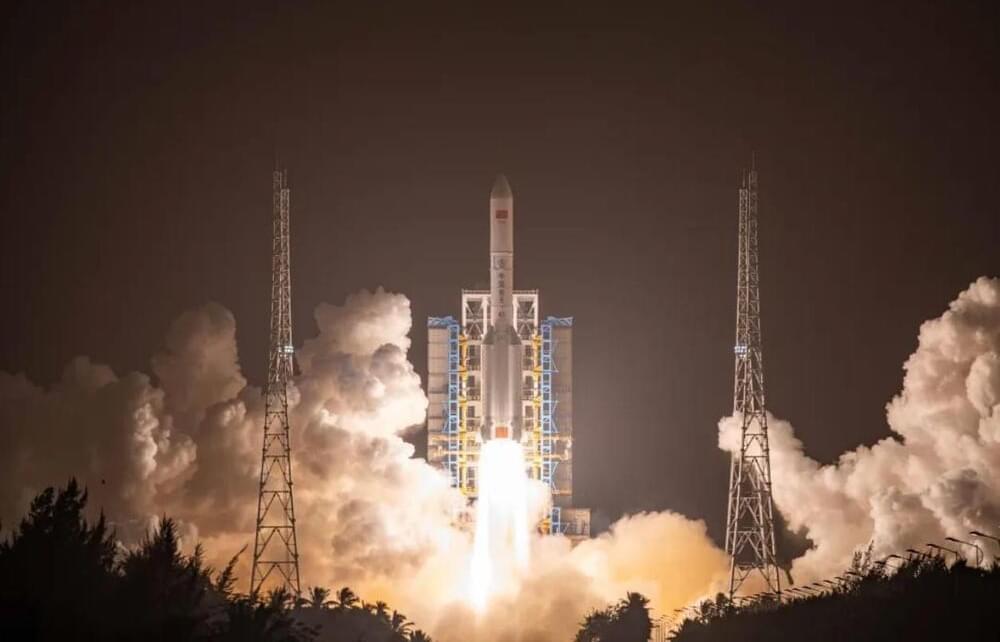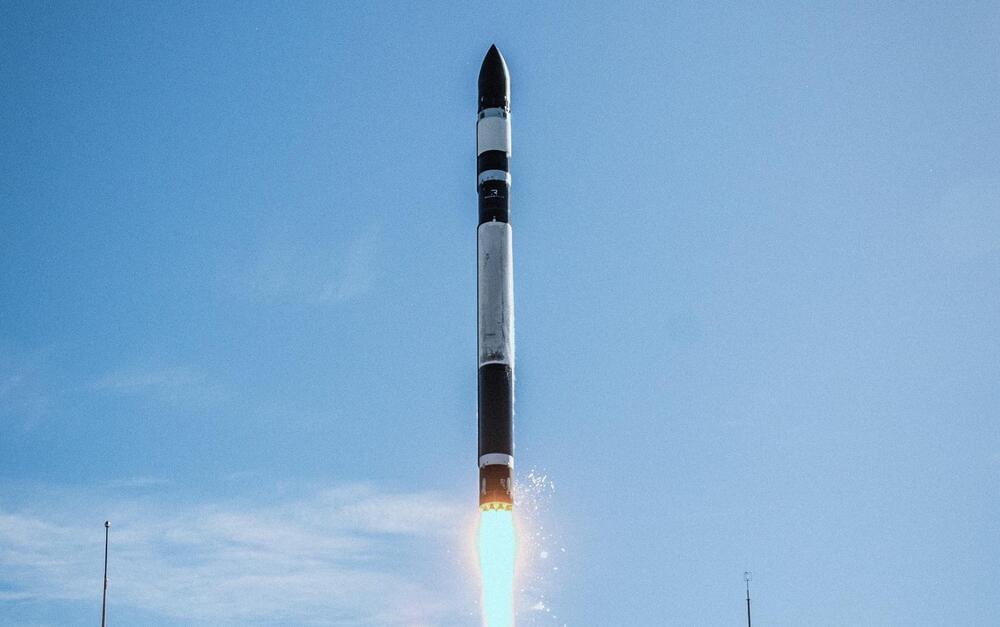Dec 18, 2023
White-hot thermal grid battery aims to decimate lithium on price
Posted by Shailesh Prasad in categories: solar power, sustainability
Fourth Power says its ultra-high temperature “sun in a box” energy storage tech is more than 10X cheaper than lithium-ion batteries, and vastly more powerful and efficient than any other thermal battery. It’s hoping to prove it with a 1-MWh prototype.
As a grid-level energy storage solution, Fourth aims to compete with big lithium battery arrays in the short-duration 5–10 hour range – basically storing excess solar energy during the heat of the day for use in the evening and at night when generation drops off. But the company says it’s also relevant up to the 100-hour stage, which would cover the “several days of bad weather and poor renewable generation” case.
This is one of a number of thermal energy storage companies coming up out of Massachusetts and backed by Bill Gates’s Breakthrough Energy Ventures fund. You might remember Antora Energy from a few months ago, with its ultra-hot carbon block batteries and high-efficiency thermophotovoltaic energy converters, for example.
